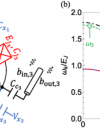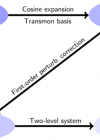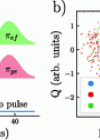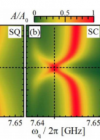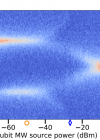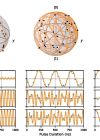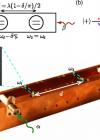Dr. Arkady Fedorov
Dr. Arkady Fedorov completed his PhD student at Clarkson University, US in 2005. His research work was primarily on theoretical aspects of quantum information science and decoherence in solid state systems. He was then appointed a postdoctoral fellow KIT, Gemany working on a theory of superconducting quantum circuits in application to quantum computing and quantum optics phenomena. In 2007-2010 he worked in TU Delft, The Netherlands conducting experiments with superconducting flux qubits. Later on he became a research scientist in ETH Zurich to continue research in the area of superconducting quantum devices. Starting January 2013 he is a group leader at The University of Queensland. His group studies quantum phenonomena in systems consisting of superconducting artificial atoms, microwave resonators and mechanical oscillators.




